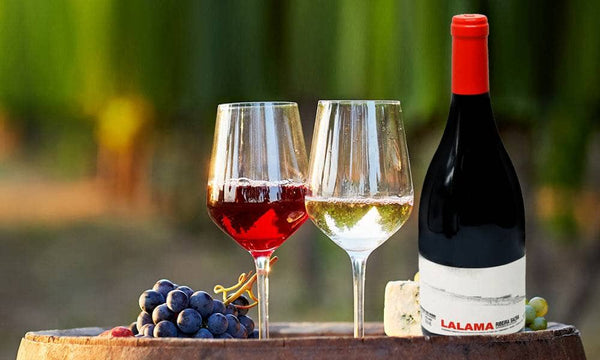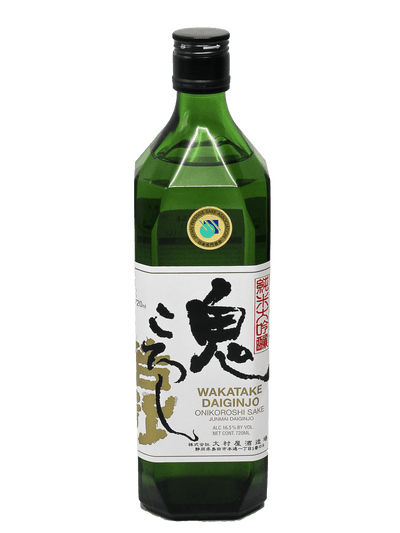Must Try White and Red Wines from Green Spain: Galicia

Galicia lies in the far northwestern corner of Spain, above Portugal. It’s most famous wine region is Rias Baixas, renowned for expressive, fresh white wines made from the Albarino grape, but inland you will find Ribera Sacra, which produces superb red wines, mostly from a grape called Mencia. Galicia is a land of maritime influence and rivers, the most important being the Sil and the Mino. Inland, this province has mountains called the Macizo Galaico, formed of three ranges, the Serra do Eixe, the Serra de Encina de Lastra, and the Serra do Courel. While in Rias Baixas, near the sea, the traditional way of growing vines is on parrals (horizontal trellises), from which the grapes hang down from a canopy up to 7’ high, on the steep slopes of Ribera Sacra, vineyards are terraced and they train the vines in more typical espaldera. Both involve back-breaking work for the harvest each year.
This is one of Spain’s most unique wine regions and well worth the effort to buy wine online to sample its offerings. Both red and white wine grape varieties are mostly indigenous—something you will find few other places. The vast majority of production is white wine (90% Albarino in Rias Baixas), though Ribera Sacra is the exception to that rule. The protected origin wines in Galicia also include DO Monterrei, Val do Salnes, Condado do Tea, Ribera de Ulla, Soutomaior, and O Rosal (all subregions of DO Rias Baixas), DO Rebeiro, and DO Valdeorras.
DO Rebeira Sacra produces 94% red wine. The soils are mostly slate along the Mino River and granite along the Sil River. It has 3067 acres under vine, with Mencia being the preferred red grape variety. Although it received DO status in 1996, it is believed the Romans first grew grapes here. The viticultural area includes the subregions of Rebeiras do Mino, Chantada, Rebeiras do Sil, Amandi, and Quiroga-Bibei. Mencia wines from these areas are typically light, lively, and moderate in color, with certain resemblance to wines from Pinot or Gamay Noir. When you open that red wine bottle, aromas of fresh red berries, green herbs (like thyme), and a subtle minerality will be present. Ribeira Sacra Summum is something to look out for. This special designation from the DO ensures you have at least 60% Mencia in red wines, which express the local terroir, and 85% must be preferred grape varieties, which means indigenous ones.
When you order wine delivery, make sure it includes the best white wine Albarino. The area has undergone a big transformation over the past few decades, partially as a result from European Union investments. Wines are mostly fermented in stainless steel producing crisp and fresh wines for drinking young. Val do Salnes is the birthplace of Albarino and 50% of production in Rias Baixas originates there.
Order wine online of Rias Baixas and Ribeira Sacra origin should include these expressive examples: 2017 Dominio Do Bibei Lalama Ribeira Sacra, which is a blend of 90% Mencía with 10% Brancellao, Mouratón, Sousón and Garnacha Tintorera. Here the winemaker used a more modern style, experimenting with oak ageing. This wine has soft texture and mouthfeel, with fine tannins and balanced acidity. You will find floral notes alongside red berries. Another choice from this up-and-coming red wine region is the 2018 Guimaro Finca Meixeman Ribeira Sacra. Like the Bibei Lalama, it is a Mencia blend. Decanter says, “gently fragrant, this puts forth violets and blueberries with a subtle nuttiness and a touch of licorice.” Notably, the winemaker is a colleteiro, which means a boutique winery where all grapes must come from the estate and the owner is involved in every step of production. In DO Ribeiro, colleteiros have a special designation, but this tradition obviously exists in Rebeira Sacra as well.
For refreshing Rias Baixas white wines, sample the 2020 Alberto Nanclares Albarino Dandelion Rias Baixas, which is made with care to express the typical terroir. Thirty to sixty years old vines are trained in the traditional parral style and planted on typical granitic, sandy soils. This wine results from wild yeast fermentation but in stainless steel to preserve its youthful and fresh features. Alberto Nanclares bottles these wines without clarification or filtration.
As always, you can order these great expressions of Galician winemaking from the wine store Santa Rosa, Bottle Barn, for fast easy shipping across the USA!
Written By: - Charlie Leary


















Leave a comment